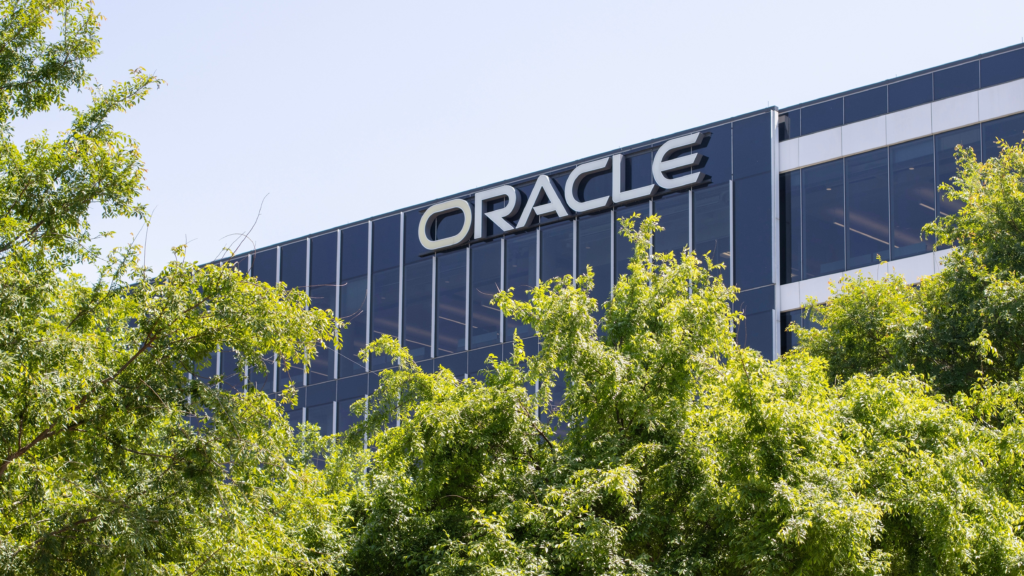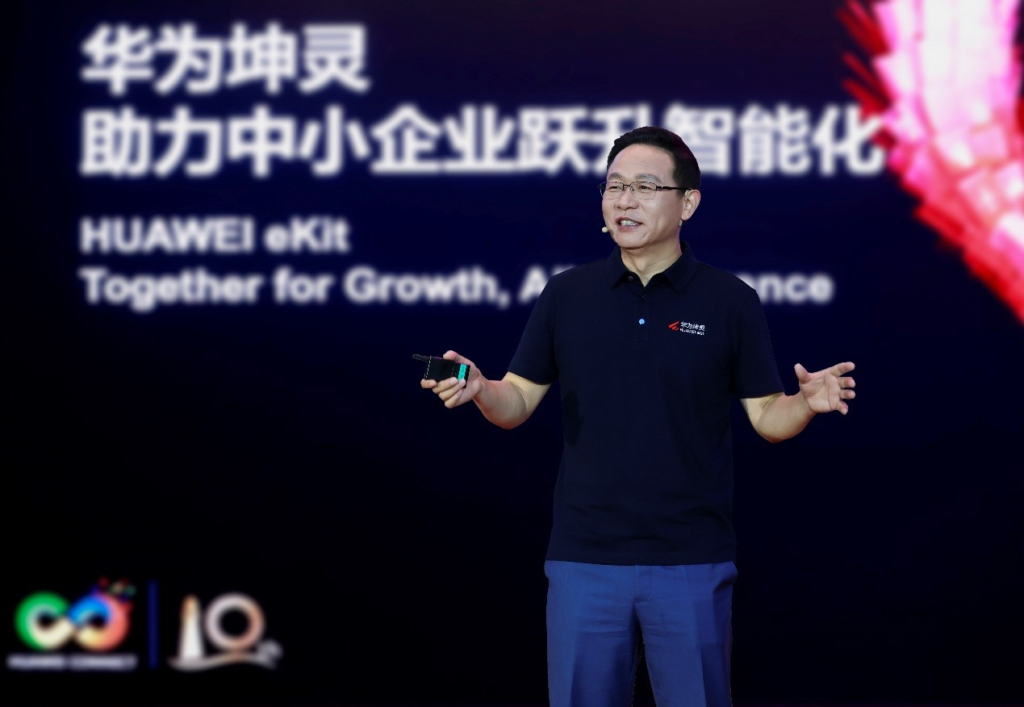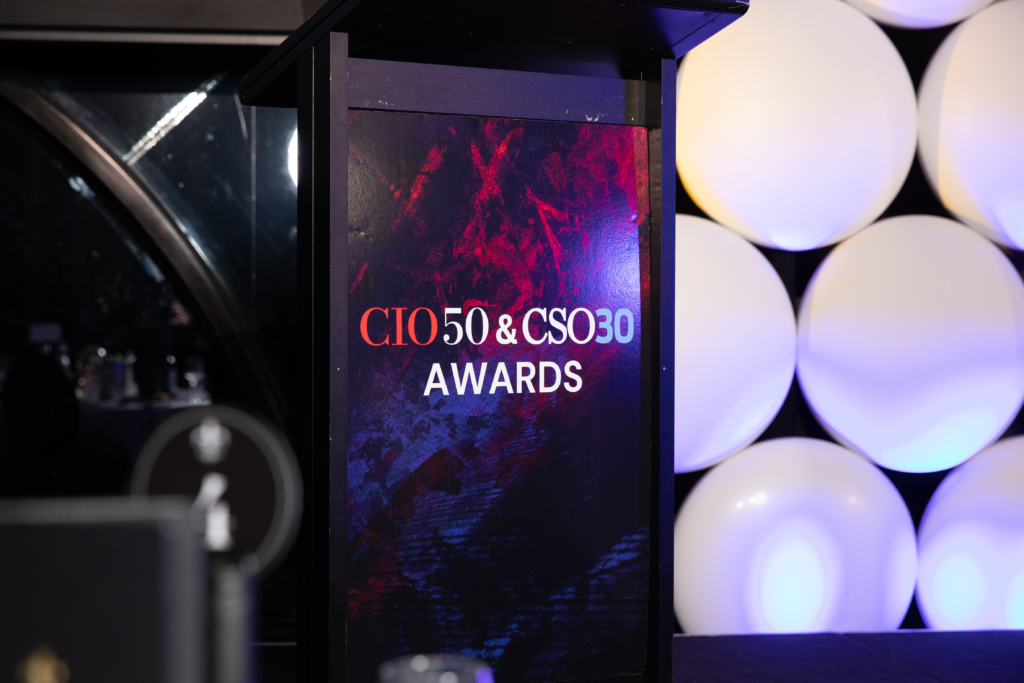During the HUAWEI eKit Autumn Launch 2025 in Shanghai, Huawei’s Executive Director of the Board, David Wang, released a suite of new HUAWEI eKit 4+10+N SME Intelligence Solutions. The event, themed “Together for Growth, All Intelligence”, focused on the launch of new one-stop scenario-based solutions designed to provide last-mile services for SMEs undergoing intelligent transformation. The need to get SMEs on board with AI AI is starting to be applied broadly within the business world. While current applications focus on intelligent assistants for employees, future use cases are projected to focus on deep integration with core production systems. This process will have a profound impact on product, service, business, and operations models, making AI as a key role in driving their growth. SMEs play a significant role in the economy. China alone has more than 58 million SMEs, which create over 80% of the country’s urban jobs and generate 60% of national GDP. Despite the increased application of AI being seen around the world, SMEs generally struggle to adopt these new technologies because of low AI awareness, technical capabilities, and AI applications. Most SMEs face high barriers to adopting AI technologies. During the launch event, Wang explained that intelligence should be easily accessible as water and electricity. “I hope every person, home, and organization can benefit from AI. Huawei is ready to help SMEs tackle these challenges and go intelligent faster. No one will be left behind in the intelligent world.” Many SMEs turn to externally developed intelligent solutions to overcome the technology and talent gaps that prevent them from applying AI on their own. These companies look for solutions that are easy to use, quick to deploy, and specifically designed to boost efficiency and drive growth. In the past, installers provided these solutions by using complicated by-product subcontracting models, which often resulted in inefficiencies. Understanding the 4+10+N intelligence solutions Huawei overhauled its distribution business to address this market pain point, shifting from selling standalone products to offering one-stop scenario-based solutions that are easier for installers to deliver. Under this new approach, Huawei designs its specific solutions around real-world business use cases. The HUAWEI eKit 4+10+N SME Intelligence Solutions have all been designed according to this approach. The 4 in the 4+10+N refers to four major scenarios that encompass most business operations: intelligent office, intelligent business, intelligent education, and intelligent healthcare. The 10 refers to the 10 one-stop, scenario-based solutions released, which include SME office, intelligent hotel, digital diagnosis platform, and intelligent interactive classroom solutions. The N finally refers to a series of star products tailored to these different scenarios. At the event, Huawei launched 26 products as part of this N series of solutions, including the HUAWEI eKitEngine AR180 series enterprise-grade routers. These ultra-high-speed routers integrate a number of functionalities, including routing, switching, Wi-Fi, and VPN functions. New IdeaHub products that combine AI conferencing, acoustic baffle, and AI applications were also launched today. All these offerings feature an all-in-one design, intelligent interactions, and comprehensive security. Wang stressed, “We handle the complexity so customers and partners can focus on growing. Our one-stop scenario-based solutions will help SMEs go intelligent more easily and quickly. HUAWEI eKit one-stop scenario-based solutions are our newest examples of this. These solutions are an upgrade in terms of solution development, sales enablement, and delivery services. By using these solutions to power our partners, we bring the benefits of AI to SMEs.” Democratizing AI rollout for both customers and partners All of the products come with significantly more advanced AI technologies than previous releases. These technologies come pre-integrated and pre-validated with the solutions, which makes delivery more flexible. This allows installers to easily bundle products to meet the specific needs of different scenarios. Huawei is also providing additional sales enablement for its distribution partners, including quicker access to related resources, solution demonstrations, and scenario-based configuration plans that significantly reduce product selection and solution design difficulty for both installers and customers. For delivery services, Huawei supports unified installation, centralized network management, and consolidated customer support for customers to rapidly adopt AI, aimed at streamlining delivery processes for installers. “These solutions will power the last mile of the intelligent world for SMEs. We are more than welcome to stand strong with distribution partners and installers to pool resources and fully empower SMEs to go intelligent,” concluded Wang. For more information, visit HUAWEI CONNECT 2025 online at www.huawei.com/en/events/huaweiconnect source










